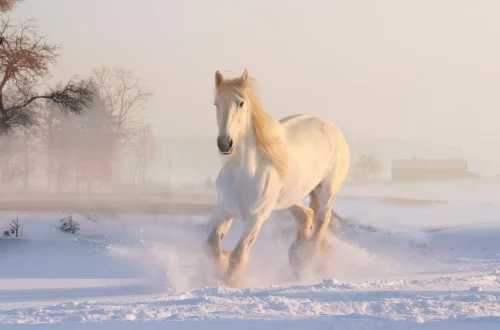
The Ultimate Guide to Choosing the Perfect Fat Cat Tree for Your Feline
Choosing the right cat tree for your feline friend is a vital aspect of ensuring their happiness and well-being. With the variety of options available on the market, it’s essential to consider several factors in order to select the perfect fit for your beloved pet. Cats, especially those with a more robust build, require sturdy and supportive structures that can accommodate their weight while providing a safe space for climbing, scratching, and lounging.
Fat cat trees not only provide essential physical activity for your feline but also offer mental stimulation and a sense of security. These trees can become a favorite spot for your cat, serving as their personal space for relaxation and play. Furthermore, a well-chosen cat tree can help manage your cat’s behavior, reducing the likelihood of destructive scratching on furniture and other household items.
With the right information at your fingertips, you can make an informed decision that enhances your cat’s quality of life. This guide will delve into various aspects to consider when selecting a fat cat tree, ensuring that your furry companion enjoys a comfortable and playful environment.
Understanding Your Cat’s Needs
When it comes to selecting a cat tree, the first step is to understand your cat’s unique needs. Every cat is different, and factors such as age, weight, and activity level can significantly influence their preferences. For example, an older cat may require a tree that offers easy access to perches and soft, comfortable surfaces, while a younger, more active cat might enjoy climbing structures and challenging scratching posts.
Consider your cat’s weight when choosing a fat cat tree. A sturdy construction is essential to ensure safety and durability. Look for trees made from high-quality materials, such as solid wood or heavy-duty particle board, which can support larger felines. Additionally, check the weight limit specified by the manufacturer to ensure it meets your cat’s needs.
Also, think about your cat’s personality and behavior. If your cat enjoys climbing and exploring, a multi-level cat tree with various platforms and hideaways will likely be a hit. On the other hand, if they prefer lounging and sleeping, a cat tree with cozy cubed spaces and soft bedding will be more suitable.
Finally, consider your cat’s scratching habits. Some cats have a strong instinct to scratch, and a cat tree equipped with appropriate scratching surfaces can help redirect this behavior away from your furniture.
Design and Aesthetic Considerations
The design of a cat tree is not only about functionality but also about how well it fits into your home décor. When selecting a fat cat tree, consider the materials, colors, and overall style. Aesthetically pleasing cat trees are available in a variety of designs, from modern to rustic, allowing you to choose one that complements your home’s interior.
Natural materials like sisal rope for scratching posts and soft fabric for resting areas are popular choices. These materials are not only durable but also add a touch of elegance to your living space. When it comes to color, neutral tones like beige, gray, or brown are often preferred, as they blend seamlessly with various interior styles. However, if you want to make a statement, vibrant colors or unique patterns can add a fun element to your home.
Additionally, consider the size of the cat tree in relation to the space you have available. If you live in a smaller apartment, a compact model may be more appropriate. Conversely, if you have ample space, a larger, multi-story tree could provide your cat with a playground that promotes exercise and exploration.
It’s also important to think about the tree’s stability. A well-designed fat cat tree should have a wide base to prevent tipping, especially when larger cats jump on or off. Look for models that include anchoring options for added safety.
Maintenance and Durability
When investing in a fat cat tree, maintenance and durability are critical factors to consider. Cats can be quite active, and a well-used cat tree can quickly become dirty or worn out. Therefore, selecting a model that is easy to clean and maintain will save you time and effort in the long run.
Look for removable and washable covers, as this will allow you to keep the tree clean and fresh. Additionally, trees with surfaces that repel hair and dirt are ideal, as they simplify the cleaning process. Some materials, like faux fur, can trap hair and odors, so choose wisely.
Durability is equally important. A cat tree should be able to withstand daily use without showing signs of wear and tear. Opt for models with reinforced structures and high-quality materials that can support your cat’s weight without bending or breaking.
Moreover, consider the longevity of the scratching surfaces. These areas will need to be replaced over time as they become worn down from use. Some cat trees come with replacement parts, which can extend the life of the product.
In conclusion, a fat cat tree can provide your feline friend with a safe, engaging, and comfortable environment. By understanding your cat’s needs, considering the design, and focusing on maintenance and durability, you will be well-equipped to choose the perfect cat tree that will enhance your cat’s quality of life for years to come.
If you have any health-related questions or concerns regarding your pet, please consult with a veterinarian for professional advice.




